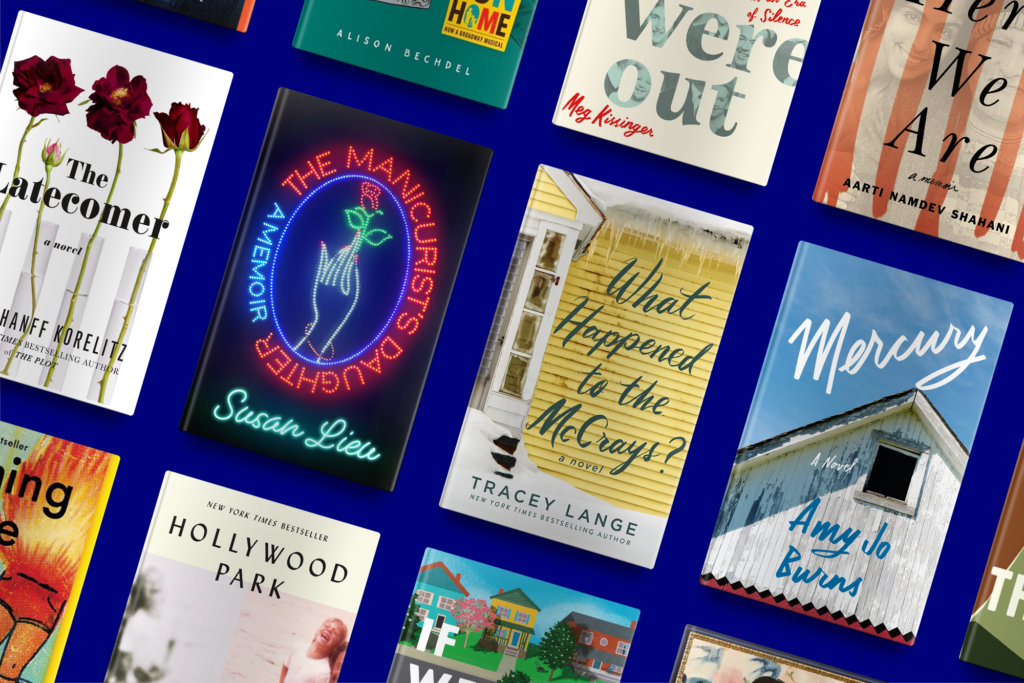CHAPTER ONE
 Alicia Berenson was thirty-three years old when she killed her husband.
Alicia Berenson was thirty-three years old when she killed her husband.
They had been married for seven years. They were both artists Alicia was a painter, and Gabriel was a well-known fashion photographer. He had a distinctive style, shooting semi-starved, semi-naked women in strange, unflattering angles. Since his death, the price of his photographs has increased astronomically. I find his stuff rather slick and shallow, to be honest. It has none of the visceral quality of Alicia’s best work. I don’t know enough about art to say whether Alicia Berenson will stand the test of time as a painter. Her talent will always be overshadowed by her notoriety, so it’s hard to be objective. And you might well accuse me of being biased. All I can offer is my opinion, for what it’s worth. And to me, Alicia was a kind of genius. Apart from her technical skill, her paintings have an uncanny ability to grab your attention—by the throat, almost—and hold it in a viselike grip.
Gabriel Berenson was murdered six years ago. He was forty-four years old. He was killed on the twenty-fifth of August—it was an unusually hot summer, you may remember, with some of the highest temperatures ever recorded. The day he died was the hottest of the year.
On the last day of his life, Gabriel rose early. A car collected him at 5:15 a.m. from the house he shared with Alicia in northwest London, on the edge of Hampstead Heath, and he was driven to a shoot in Shoreditch. He spent the day photographing models on a rooftop for Vogue.
Not much is known about Alicia’s movements. She had an upcoming exhibition and was behind with her work. It’s likely she spent the day painting in the summerhouse at the end of the garden, which she had recently converted into a studio. In the end, Gabriel’s shoot ran late, and he wasn’t driven home until eleven p.m.
Half an hour later, their neighbor, Barbie Hellmann, heard several gunshots. Barbie phoned the police, and a car was dispatched from the station on Haverstock Hill at 11:35 p.m. It arrived at the Berensons’ house in just under three minutes.
The front door was open. The house was in pitch-black darkness; none of the light switches worked. The officers made their way along the hallway and into the living room. They shone torches around the room, illuminating it in intermittent beams of light. Alicia was discovered standing by the fireplace. Her white dress glowed ghostlike in the torchlight. Alicia seemed oblivious to the presence of the police. She was immobilized, frozen—a statue carved from ice—with a strange, frightened look on her face, as if confronting some unseen terror.
A gun was on the floor. Next to it, in the shadows, Gabriel was seated, motionless, bound to a chair with wire wrapped around his ankles and wrists. At first the officers thought he was alive. His head lolled slightly to one side, as if he were unconscious. Then a beam of light revealed Gabriel had been shot several times in the face. His handsome features were gone forever, leaving a charred, blackened, bloody mess. The wall behind him was sprayed with fragments of skull, brains, hair-and blood.
Blood was everywhere—splashed on the walls, running in dark rivulets along the floor, along the grain of the wooden floorboards. The officers assumed it was Gabriel’s blood. But there was too much of it. And then something glinted in the torchlight—a knife was on the floor by Alicia’s feet. Another beam of light revealed the blood spattered on Alicia’s white dress. An officer grabbed her arms and held them up to the light. There were deep cuts across the veins in her wrists-fresh cuts, bleeding hard.
Alicia fought off the attempts to save her life; it took three officers to restrain her. She was taken to the Royal Free Hospital, only a few minutes away. She collapsed and lost consciousness on the way there. She had lost a lot of blood, but she survived.
The following day, she lay in bed in a private room at the hospital. The police questioned her in the presence of her lawyer. Alicia remained silent throughout the interview. Her lips were pale, bloodless; they fluttered occasionally but formed no words, made no sounds. She answered no questions. She could not, would not, speak. Nor did she speak when charged with Gabriel’s murder. She remained silent when she was placed under arrest, refusing to deny her guilt or confess it.
Alicia never spoke again.
Her enduring silence turned this story from a commonplace domestic tragedy into something far grander: a mystery, an enigma that gripped the headlines and captured the public imagination for months to come.
Alicia remained silent—but she made one statement. A painting. It was begun when she was discharged from the hospital and placed under house arrest before the trial. According to the court appointed psychiatric nurse, Alicia barely ate or slept—all she did was paint.
Normally Alicia labored weeks, even months, before embarking on a new picture, making endless sketches, arranging and rearranging the composition, experimenting with color and form—a long gestation followed by a protracted birth as each brushstroke was painstakingly applied. Now, however, she drastically altered her creative process, completing this painting within a few days of her husband’s murder.
And for most people, this was enough to condemn her—returning to the studio so soon after Gabriel’s death betrayed an extraordinary insensitivity. The monstrous lack of remorse of a cold-blooded killer.
Perhaps. But let us not forget that while Alicia Berenson may be a murderer, she was also an artist. It makes perfect sense—to me at least—that she should pick up her brushes and paints and express her complicated emotions on canvas. No wonder that, for once, painting came to her with such ease; if grief can be called easy.
The painting was a self-portrait. She titled it in the bottom lefthand corner of the canvas, in light blue Greek lettering.
One word:
Alcestis.




